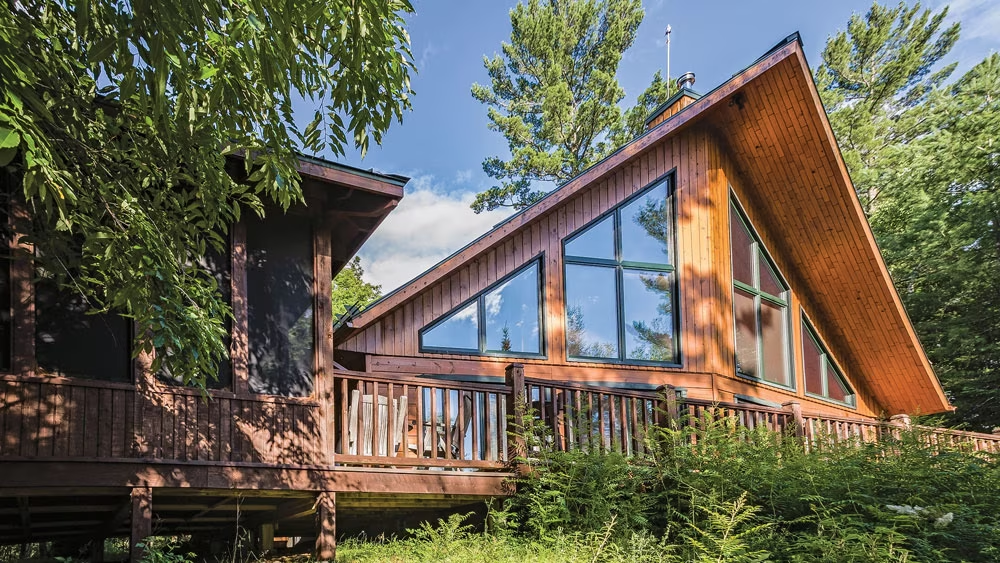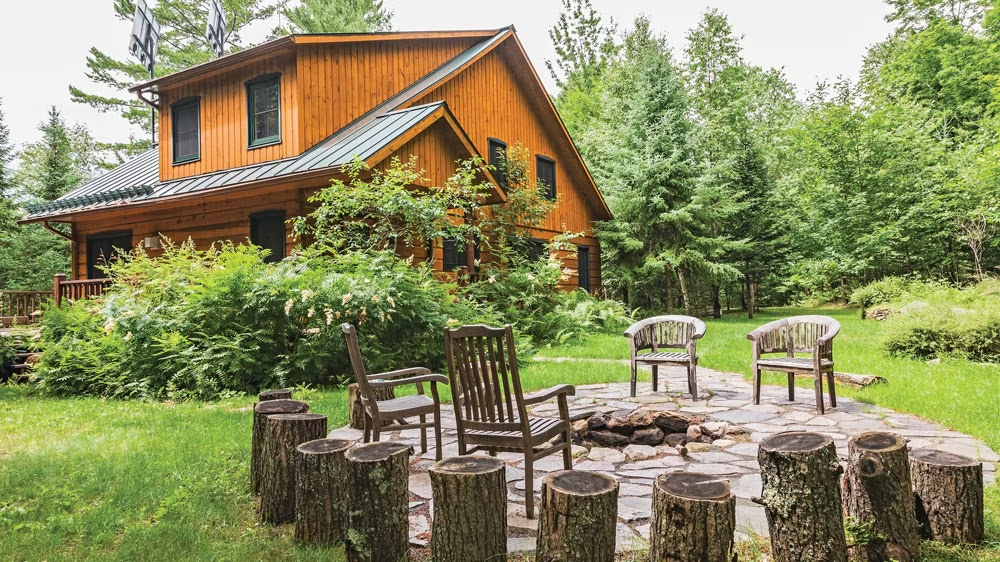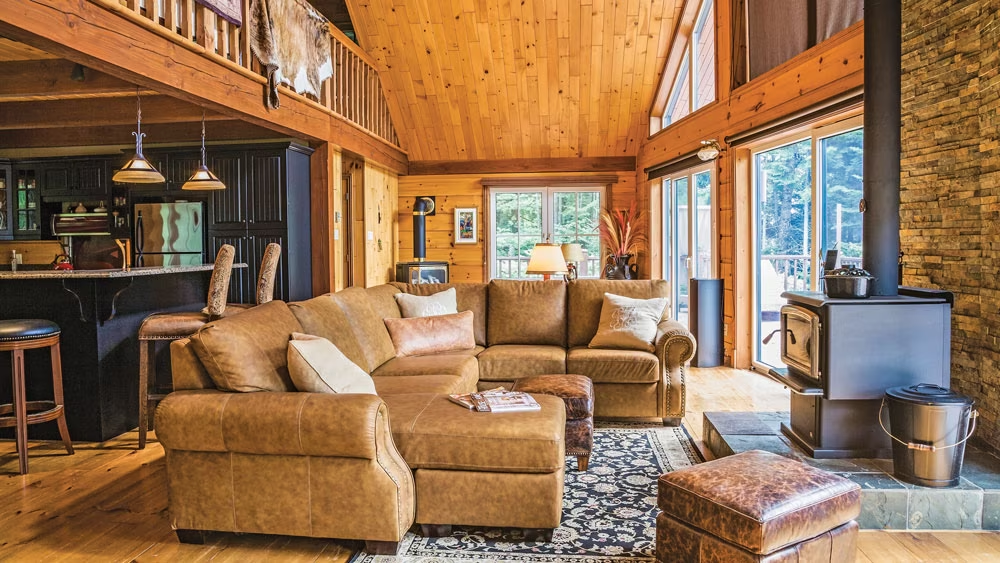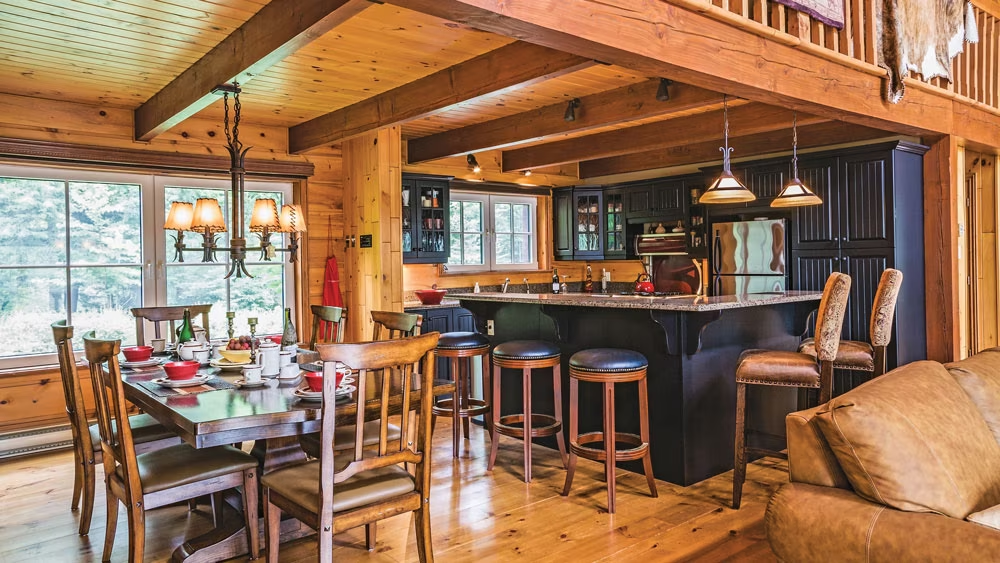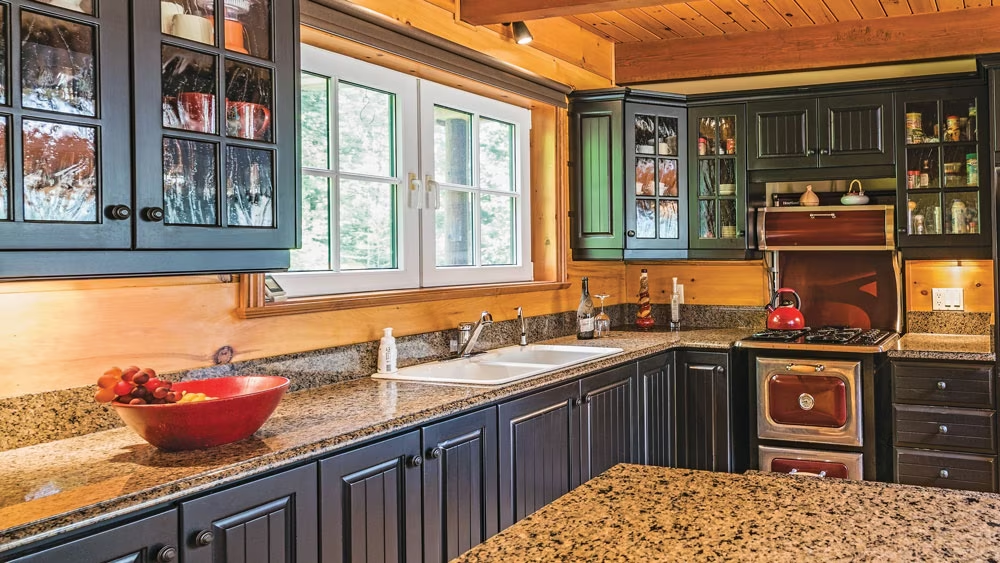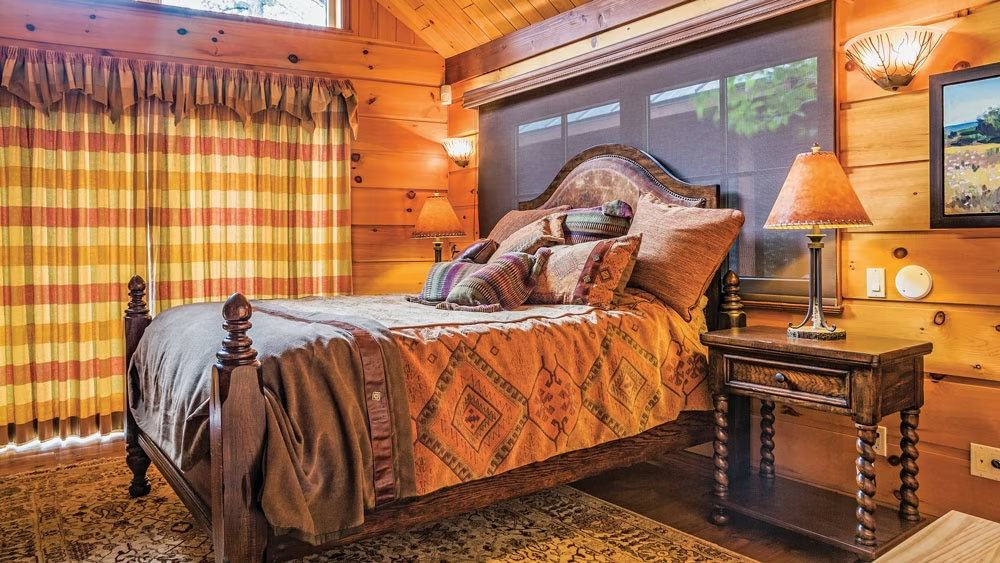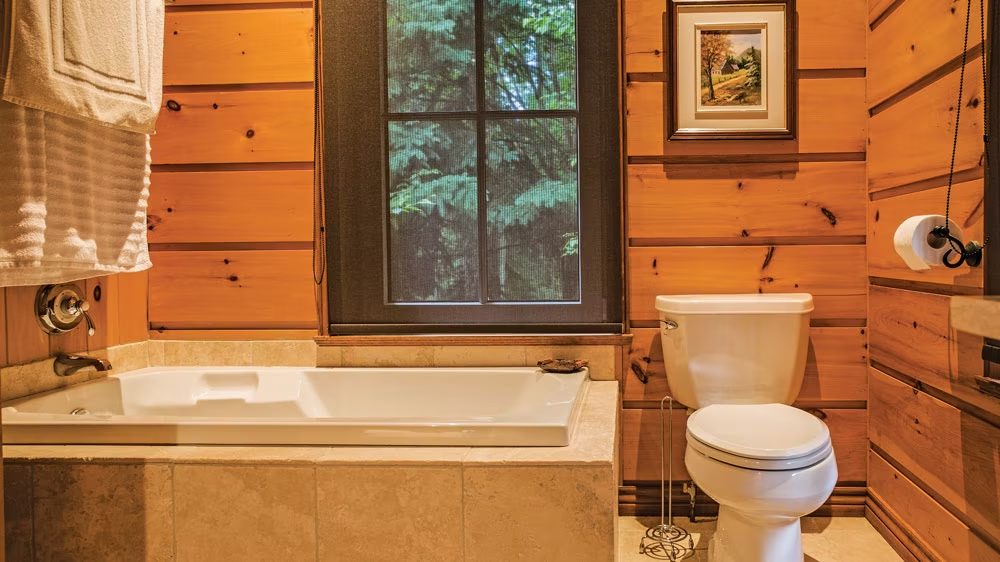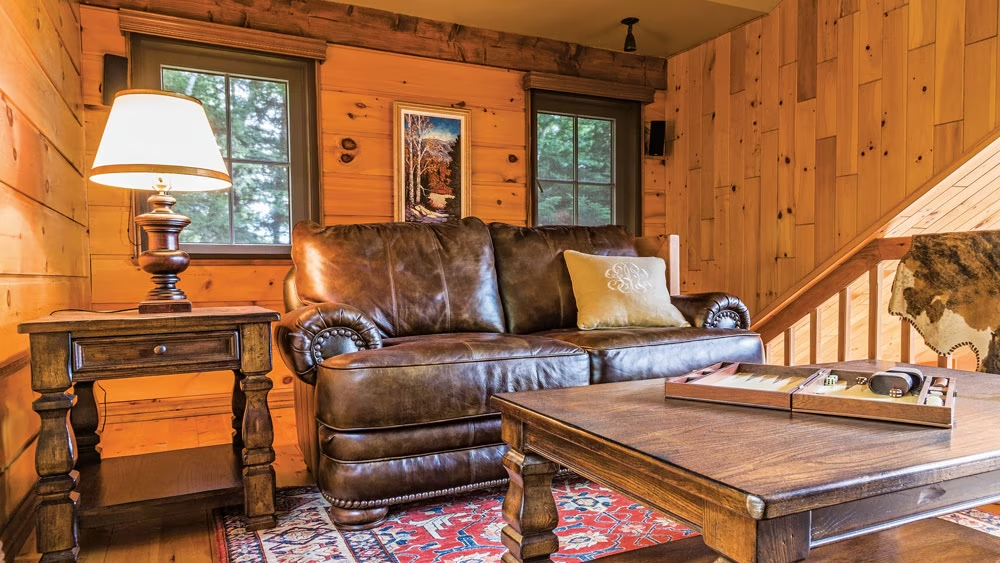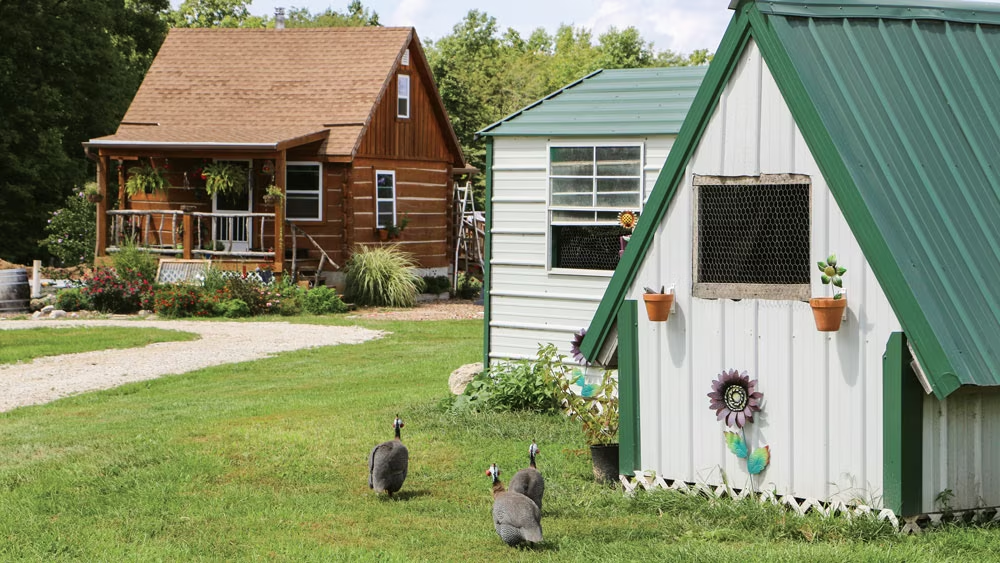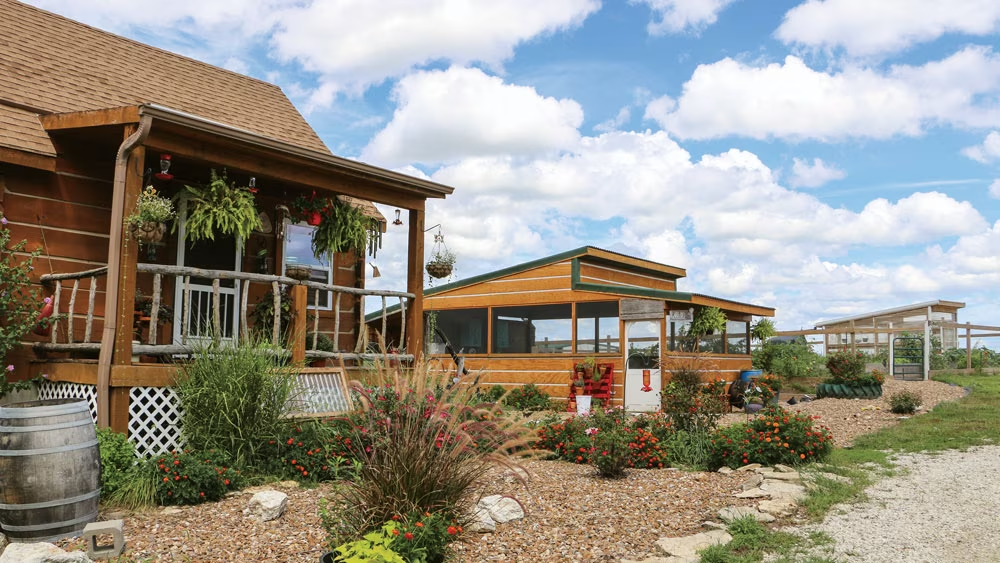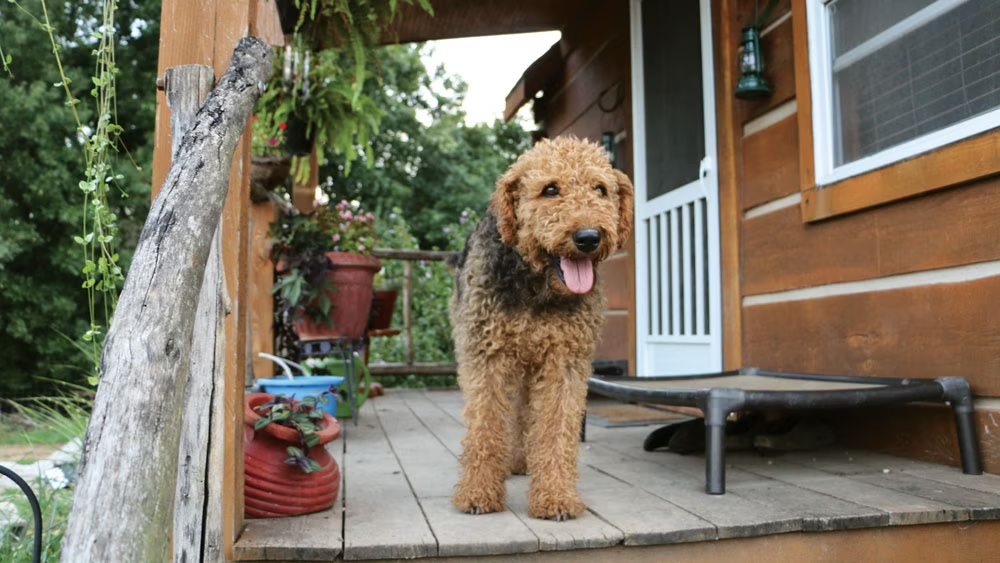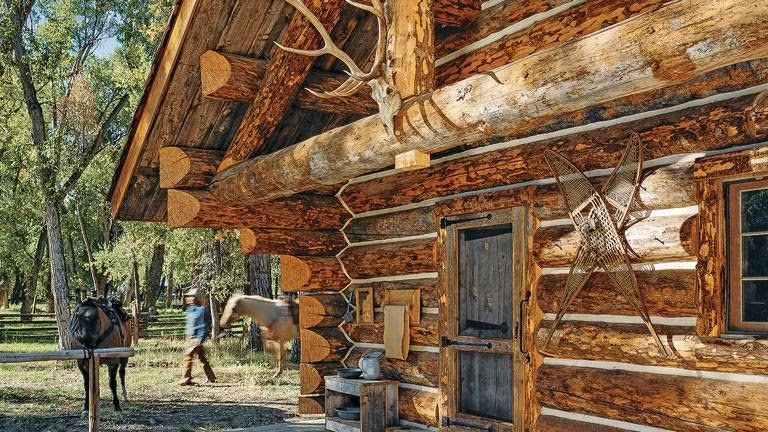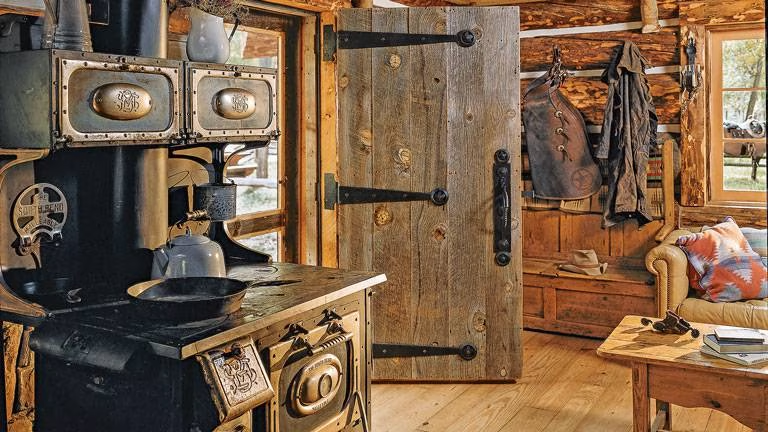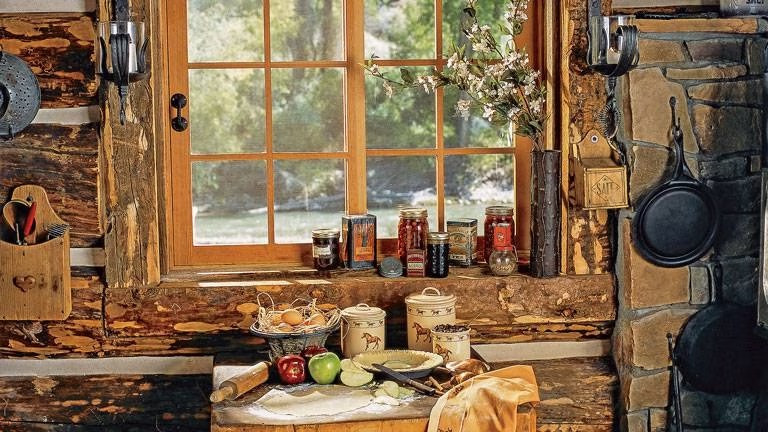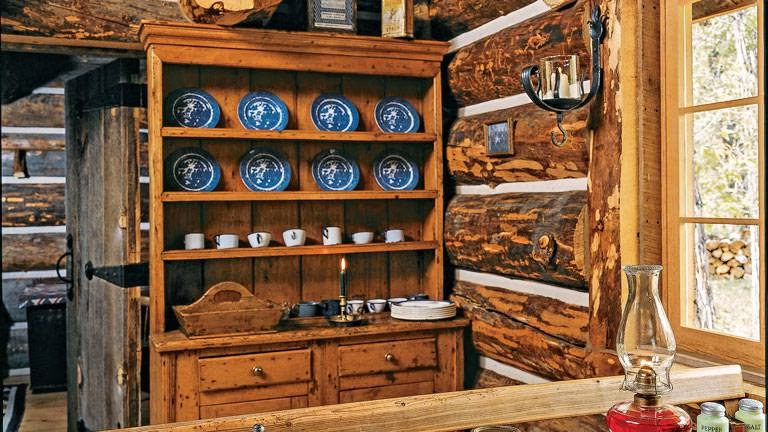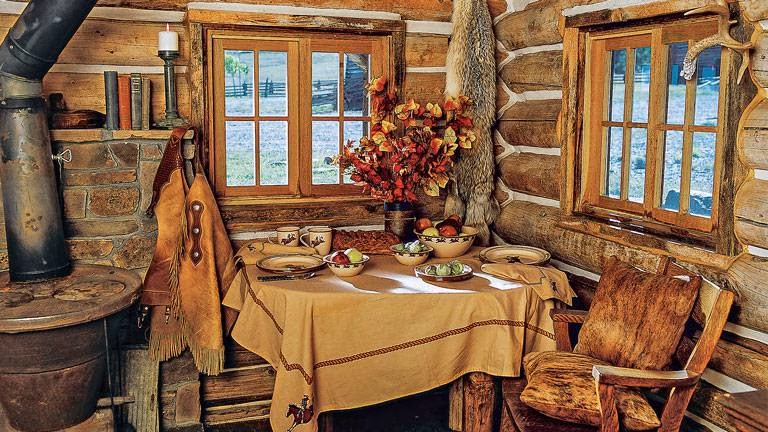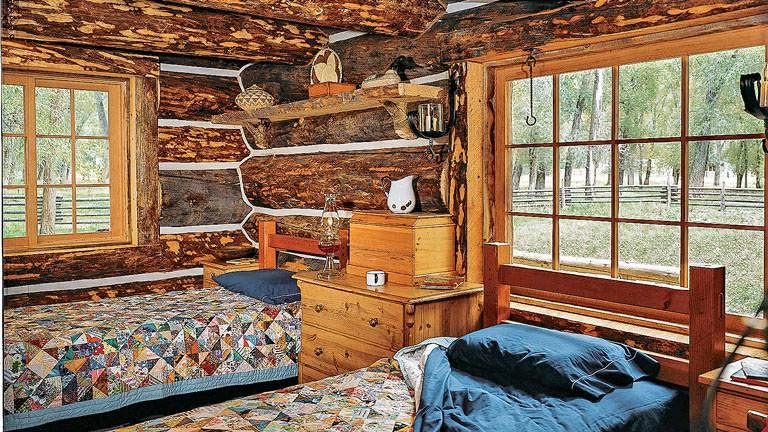
Cara Fuller / Unsplash
The idea of living off the grid has gained a lot of momentum in recent years. This more sustainable way of life offers many benefits, like financial freedom and a lower carbon footprint. But what does it truly mean to build and live in an off-grid home? Here's what you need to know if you think an off-grid home may be for you:
What Is an Off-Grid Home?
The definition of off-grid living varies widely depending on who you ask. Folks who call themselves off-grid can fall anywhere on a large spectrum. The most basic definition off-grid living is not being connected to public utilities. Some people, in pursuit of a more rugged veresion off-grid living, cut themselves off from the system completely and, in addition to sourcing water and power independently, live without technology and grow their own food.Is Off Grid Living Similar to Homesteading?
While off-grid living and homesteading are two different principles, they go hand-in-hand. Homesteading is a lifestyle of self-sufficiency; at a minimum this usually involves growing some of your own food and potentially raising livestock. Other, more dedicated homesteaders will live as sustainably as possible by making their own clothes, preserving foods, and often living totally off grid. Both ideals aim to live sustainably, however some homesteads are still connected to the grid. Conversely, some off-grid homes still rely on outside sources for food and supplies.
Learn more about homesteading here!
Why Choose a Log Cabin for Your Off-Grid Home?
There's a reason many log homes from generations ago still stand today. The simple, sturdy nature of log homes makes them a natural choice for homesteads and off-grid homes. Plus, with all the kits and companies that exist today, achieving one's dream log cabin is actually quite accessible.
Log homes and cabins are also a sustainable choice. With proper sealing and maintenance, log homes can be highly energy efficient. Plus, a solid log wall offers more thermal mass capabilities than other building components do. Finally, wood is a renewable resource. Most log home producers practice reforestation or take their stock from managed stands of trees, while others harvest standing-dead timbers (those that have been killed by fire, disease or insects) as these trees have a negative effect on the overall health of the forest.
See more: Five Reasons Solid Wood Homes Make Sense
Choosing the Right Solutions for an Off-Grid Home
Let's take a look at some of the different systems and methods of making the off-grid lifestyle a reality. Most off-grid homeowners will still need ways to prepare food, access water and perhaps even run a few appliances or control the temperature.
When you build your dream cabin, you’ll want to ensure you choose the right setup to make the most of the natural surroundings. Here are few questions to keep in mind as you consider property for your off-grid home.
- Does your property have plenty of access to sunlight?
- Is there a water source nearby which you could use?
- Do you get much wind in your region?
Planning your systems, especially water, before you build is essential to make the most of your resources. Here are some of the common solutions:
Power
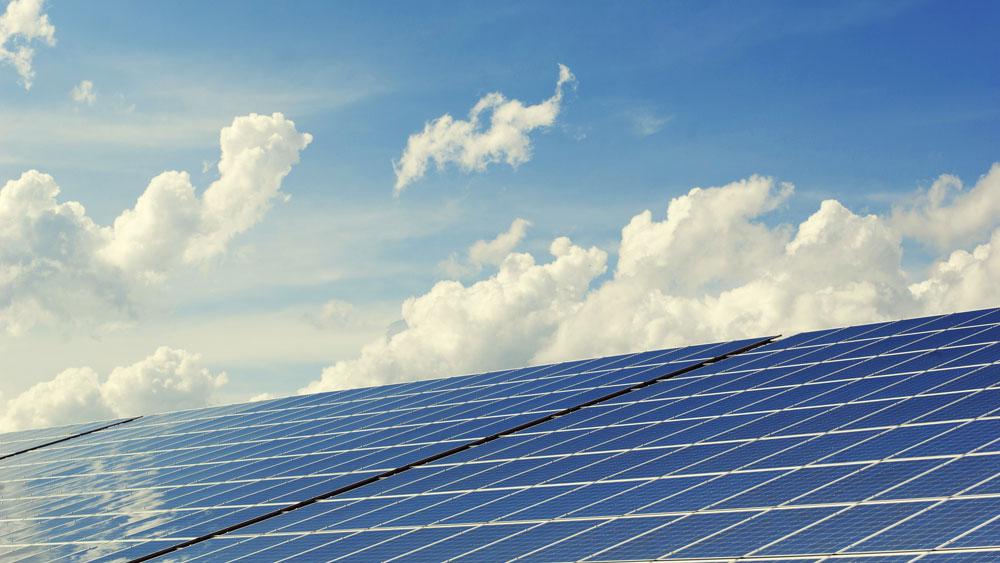
Photo: Pexels
Solar
Solar panels are the most popular form of off-grid energy. This setup will require solar panels, an inverter and batteries. If the area you live in has plenty of sunshine, then this could be the ideal option for you. In comparison to other types of renewable energy, this is probably the most cost effective choice. Learn more here.
Wind
Once you’ve found out your local wind speeds, you might reach the conclusion that wind turbines are a better fit for your off-grid home. Wind turbines do tend to be more expensive to set up than solar systems, and they typically need more space.Microhydro
If you have water on your property, you might even consider generating electricity by water. This can be the more expensive option, however, it is also very responsive and long-lasting. This setup works best for those homes that sit on a hilly site with access to running water. Learn more here.Non-Renewable Electricity
Most people want to ensure their energy is renewable, however this isn’t always possible. Perhaps you don’t have the initial investment needed to set up an off grid system, in which case you might need to rely on propane for cooking and heating water.Water

Photo by Jacek Dylag on Unsplash
Wells
A popular solution for homes in the country is water from a well. Wells can offer year-round water and should last for a few decades, if not more. You can either use electricity to pump the water from the well or a hand pump, which will certainly save on costs! Wells can be expensive to install and are usually highly mineralized. Check out this guide to find out what it might cost in your area for a complete well system.
Rainwater Collection
Collecting rainwater is a simple solution for collecting water. You can use roofs and gutters to direct the water into barrels, and that water can then be purified, or simply used to water plants and feed animals.
Water Tank
If you’re looking for a temporary solution to store water while you get your off-grid home up and running, you might consider a water tank system to store water which is brought in from off site. This can be time-consuming and costly and isn’t ideal as a long-term solution, as it usually means relying on a municipal source.
So, Is an Off-Grid Home for You?
If you’re looking to live a more sustainable lifestyle, and log cabin living appeals to your spirit, then building an off-grid home could be the ideal solution for you. With enough research and the right planning, an off-grid home of your dreams is possible. Don't forget-going off-grid can take many forms. To get inspired, check out this selection of off-grid log homes!
Examples of Off-Grid Homes
A Luxurious Canadian Cabin
The large windows on the A-frame facade offer a spectacular view of the lake and forest, as well as let in plenty of light and passive solar energy.
This Off-Grid Cabin Takes a Simpler Approach
Doug and Stacy’s log cabin may be totally off the grid, but you can still keep up with their lives (and gain useful homesteading advice) by following their blog: offgridwithdougandstacy.com
A Cozy, Off-Grid Cabin in Colorado With Rustic Style
Photography by Christopher Marona
This Colorado cabin looks straight off a movie set. A wood-fired, cast-iron stove, hand-forged wrought-iron hardware throughout and candlesticks, sconces and oil lamps light the interiors really set the scene in this cabin which has no plumbing or electricity. Learn more about this cabin here!




